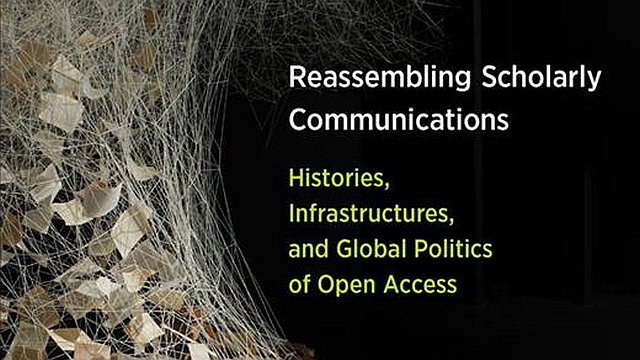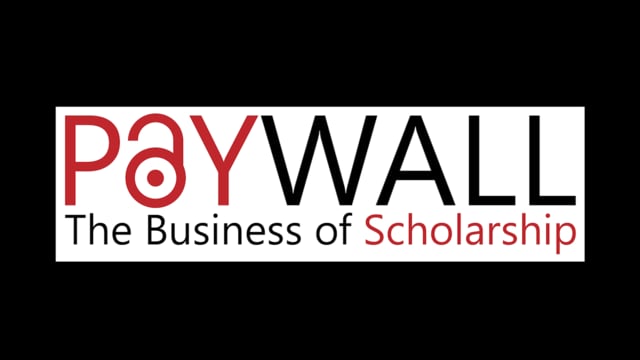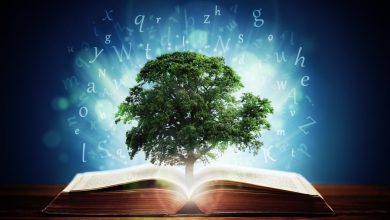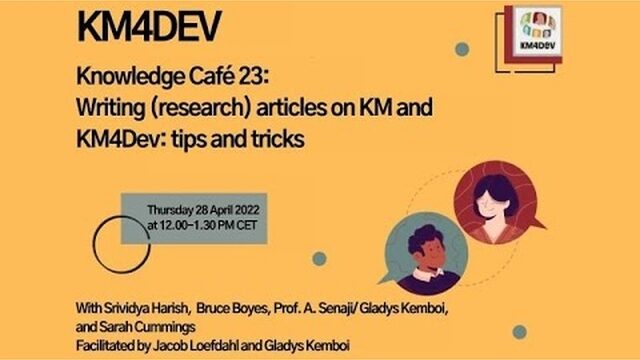
Open access to scholarly knowledge in the digital era (section 2): Knowledge cultures
This article introduces section 2 of a series of articles summarising the book Reassembling Scholarly Communications: Histories, Infrastructures, and Global Politics of Open Access.
The four chapters of the second section of this series focus on knowledge cultures; the ways in which we think about knowledge itself, and how this shapes our understandings of digital and open transformations of research publishing.
2.1 – Insights for today from the historical origins of modern copyright
Turning back to the Statute of Anne from 1710, John Willinsky details the ways in which the original purpose of copyright — in the encouragement of learning — has been lost. He asks if we can we once again find the advantages for learning among the play of scholarly publishing commercial interests, knowing that this was the original intent of copyright law and is no less worthy a goal today?
2.2 – How does a format make a public?
Robin de Mourat, Donato Ricci, and Bruno Latour explore how different scholarly formats can be used to embark on new ways of gathering collectives of scholars and practitioners around an area of research interest. In doing so, they draw on the experiences of their project An Inquiry into Modes of Existence (AIME). They describe the collectives of scholars and practitioners as “transdisciplinary publics.”
2.3 – The evolving role of readers in peer review
David Pontille and Didier Torny look at the emergence of new arrangements between dissemination and validation in peer review, and how they are being shaped by citation, commenting, sharing, and examining. These technologies have existed for a long time, but are now being more and more treated as integral to open peer review.
2.4 – Intersections between artistic making and scientific knowing
Finally for the section on knowledge cultures, Pamela H. Smith, Tianna Helena Uchacz, Naomi Rosenkranz, and Claire Conklin Sabel advise that studying the genre of “how-to” texts as a platform for a new type of communication of knowledge in the past provides an opportunity to bridge the modern communities of artists, historians, and scientists by fostering scholarly communication and collaboration around materials and the techniques of engaging with the material world. They support this with the case study of the Making and Knowing Project, which explores historical and methodological intersections between artistic making and scientific knowing.
Next part (chapter 2.1): Insights for today from the historical origins of modern copyright.
Article source: This article is an edited summary drawn from the Introduction of the book Reassembling scholarly communications: Histories, infrastructures, and global politics of Open Access1 which has been published by MIT Press under a CC BY 4.0 Creative Commons license.
Article license: This article is published under a CC BY 4.0 Creative Commons license.
Reference:
- Eve, M. P., & Gray, J. (Eds.) (2020). Reassembling scholarly communications: Histories, infrastructures, and global politics of Open Access. MIT Press. ↩
Also published on Medium.





